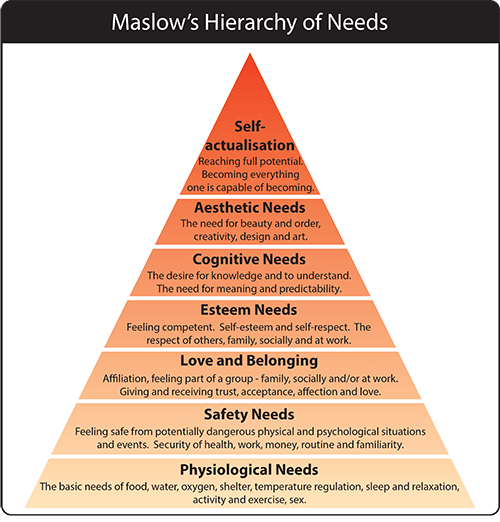
5 Steps to Creating Your Self Development Plan

5 Steps to Creating Your Self Development Plan
Do you feel you’re not really getting anywhere? When you look back over the last year does it seem like you haven’t changed in the directions that you wanted to? Then, in that case, it’s time to consider creating a self development plan, to give you the purpose, drive, and direction that you’ve been missing.
A personal development plan will help you decide where you want to go and that is not something that should be overlooked. After all, as they say, “If one does not know where one is sailing, no wind is favorable.”
So how do you make a personal development plan? Here are 5 tips to get you started:
1. Brainstorming
The first step is to write down everything that you would like to accomplish in your life. It doesn’t matter how crazy it is, it all goes on the page. Do not let the ‘nos’ in your head dictate what does and doesn’t go on the page. Self-editing can come later. For now, just write and write.
Perhaps think about using an app called “the most dangerous writing app”. Here you choose a time limit and if you stop writing for 5 seconds before that time limit has expired everything will get deleted. In this way you can short circuit your internal editor and actually get on the page that you’re supposed to be on.
“Personal developement is a major time saver. The better you become, the less time it takes you to achieve your goals.” – Brian Tracy
2. Try to create overarching categories
After you’ve written down everything that you want to accomplish, it’s time to group things into different areas of your life. It doesn’t matter what your categories are, as long as you can make some.
If you spend some time doing this you should find trends emerging. So if you’ve got, ‘quit my current job and tell my boss to stuff it’, ‘start my own business’ and ‘become rich’ you could abstract those all together into a category called ‘have my own successful business’. This will be useful for the next stage of the exercise.
If some desire or plan runs contrary to other plans, then you’ve got to prioritize. So, if you’ve got the plan, ‘have my own successful business’ and ‘don’t get up till noon and don’t do more than half an hour of work’ then you’re probably going to have to decide which is more important to you and let the other one go (at least for now).
3. Figure out what is needed to get you from here to there
Now that you’ve got your overarching goals, start constructing the sub-goals that lie in between where you are and where you want to be. These are like your stepping stones to get you across the chasm that separates you from what you want.
It’s a good idea to create a detailed, yet flexible plan. The interesting thing is that quite often if you did the abstraction correctly, in the above step, you’ll see that to some extent you actually already have one.
In the above example, the two sub-goals to ‘have my own successful business’ are ‘quit my job’ and ‘start my own business’, which will both first need to be achieved before the final goal can be.
Once you’ve got the sub-goals, you break it down even further. You can only quit your job if you have either enough savings or another source of income to tide you over. Also, be sure to note the big obstacles in your way and find ways to overcome those.
4. Remember to be SMART
- Specific – as in they’re clear and you know what you need to improve.
- Measurable – there has to be some way that you know that you’ve achieved your goal and can move on to the next one.
- Achievable – if you can’t achieve them then they’re dreams, not goals.
- Realistic – You can’t fly unless you have an airplane and if you’re 30 you’re not going to win the Olympic 100 meter dash.
- Time-related – ‘somewhere in the future’ is not good enough. Put up a time frame for when you want to complete the goal.
Once you’ve done all that, then it’s simply a matter of starting on the first step in your plan in the different fields.
“Investing in yourself is the best investment you will ever make. It will not only improve your life, it will improve the lives of all those around you.” – Robin Sharma
5. They’re goals, not chains
Remember that as you’re pursuing your goals, you make certain that you allow space for the situation on the ground to weigh in. No, ‘I don’t want to get up today and work on my plan’ is not a good excuse for not pursuing your development goals. If you get sick, however, or your boss promotes you, then you should be willing to adapt.
Note that I said ‘adapt’, not ‘abandon’. Rework your plan to take into consideration the new developments and see what you have to change to get where you want to go.
Finally, make certain that at least once a year you sit down and consider if the goals on paper still reflect the goals in your head. It is important that you do not end up steering yourself down a road that you no longer want to follow.
The best strategy is to begin by brainstorming what you want again and then comparing what you wrote down this time with what you wrote down last time. Then, if you’re finding that your goals are shifting, allow your plan to shift as well.







Responses